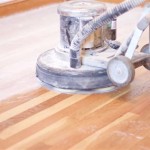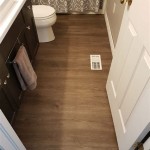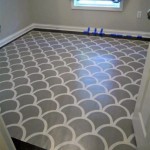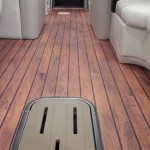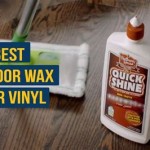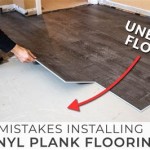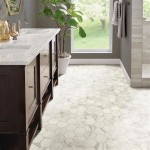When water gets under vinyl flooring, it can cause a variety of problems. Water seeping under vinyl flooring can cause discoloration, bubbling, delamination, and other damage to the floor. It can also lead to the growth of mold and mildew, which can cause unpleasant odors, health problems, and structural damage. In this article, we’ll explore what happens if water gets under vinyl flooring and how to prevent it from happening.
Discoloration
One of the most obvious signs of water damage to vinyl flooring is discoloration. When water seeps through a vinyl floor, it can cause the flooring to become discolored. This discoloration is usually a yellow or brown hue and may be accompanied by a musty odor. If not addressed, the discoloration can spread and cause further damage.
Bubbling and Warping
Another common issue associated with water getting under vinyl flooring is bubbling and warping. When water seeps underneath the flooring, it can cause the vinyl to swell and lift, creating bubbles in the floor. This can create an uneven and potentially hazardous walking surface, and can cause further damage to the floor. Warping can also occur, resulting in buckling and rippling of the flooring.
Delamination
Delamination is a serious issue that can occur when water gets under vinyl flooring. This is when the backing of the vinyl flooring begins to break down, causing the top layer to separate from the bottom layer. This can cause the floor to become weak and unstable, and can also lead to further damage such as cracking and splitting.
Mold and Mildew
Water getting under vinyl flooring can also lead to the growth of mold and mildew. Mold and mildew can cause unpleasant odors, and can also lead to health problems, such as asthma and allergies. Mold and mildew can also cause further damage to the flooring, as the moisture can weaken the adhesive and cause the floor to come apart.
Preventing Water Damage to Vinyl Flooring
There are several steps you can take to prevent water from getting under your vinyl flooring. First, be sure to clean up any spills as soon as they occur. Use a clean, dry cloth and blot up any standing water. Be sure to check your flooring regularly for any signs of water damage, such as discoloration, bubbling, and warping.
You should also take steps to keep water out of your home. Make sure gutters and downspouts are functioning properly to keep water away from the foundation of your house. If you live in an area that is prone to flooding, consider installing a sump pump or other flood control system. Additionally, be sure to check your basement and other areas of your house for signs of water infiltration.
Conclusion
When water gets under vinyl flooring, it can cause a variety of problems, including discoloration, bubbling, delamination, and the growth of mold and mildew. To prevent water damage to your vinyl flooring, be sure to clean up spills immediately and take steps to keep water out of your home. Additionally, take the time to inspect your flooring regularly for any signs of water damage.














Related Posts

